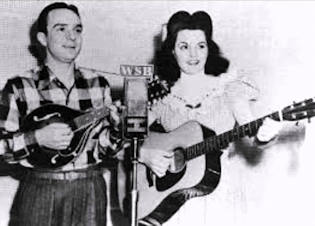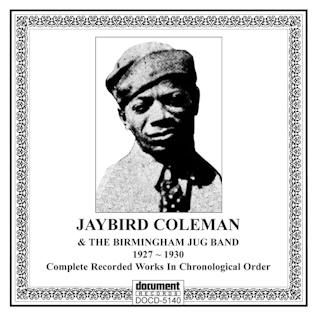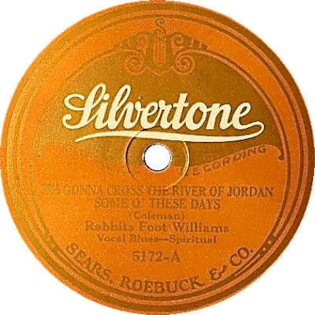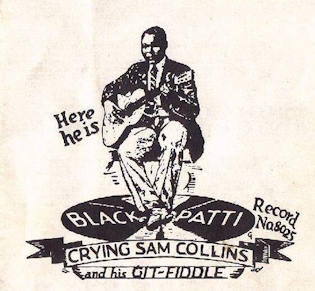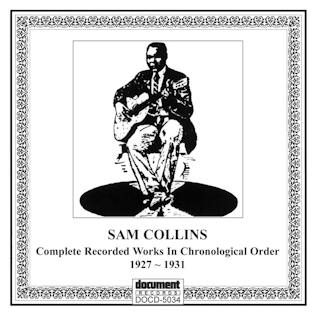 A B C D E F G H I J K L M N O P Q R S T U V W X Y Z
A B C D E F G H I J K L M N O P Q R S T U V W X Y Z
To help with further browsing click on the large ‘Initial’ to return to the Early Gospel Singers Introduction, or click another initial to take you to details of more early gospel singers.
____________________________________________________________________________________________________________________________
| Name: | Carolina Gospel Singers |
| Aka: | Charleston Sacred Quartette |
| Location: | Carolina |
| Biography Synopsis: | |
| Recording career: | |
| Musical Influences: | Beyond The River
Jesus Paid For It All |
| References / links: | Discography of American Historical Recordings |
| Images: |
| Name: | Carter Family |
| Location: | |
| Born: | |
| Died: | |
| Biography Synopsis: | |
| Recording career: | |
| Most popular song(s): | |
| Musical Influences: | |
| References / links: | |
| Images: |
| Name: | Chattahoochie Valley Choir |
| Location: | |
| Born: | |
| Died: | |
| Biography Synopsis: | |
| Recording career: | |
| Most popular song(s): | |
| Musical Influences: | |
| References / links: | |
| Images: | 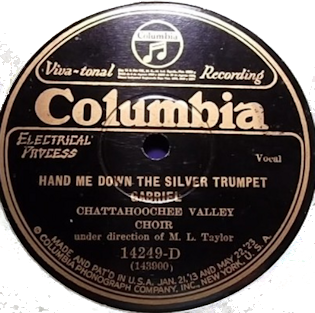 |
| Name: | The Christian and Missionary Alliance Gospel Singers |
| Location: | Cleveland, OH |
| Biography Synopsis: | The Christian and Missionary Alliance Gospel Singers’ earliest recordings preserve for posterity the type of singing that was heard at 19th century camp meetings in the northern United States and Canada. Internationally popular in their time, they ceased recording as a group after 1925 and have since been all but forgotten as various historians, musicologists, and discographers have essentially written them off and disregarded their entire recorded output because they don’t sound “black enough.” And yet, as clearly demonstrated on Document’s Earliest Negro Vocal Quartets: 1894-1928, African-American singers were drawing upon standard popular musical forms and singing in multiple dialects on phonograph records as early as the mid-1890s, indicating that the C.& M.A. Gospel Singers’ stylistic mannerisms as heard in the early 1920s were part of a long-standing tradition, perhaps the earliest tradition of African-American music on records.
The group came together in Cleveland, OH in 1914 thanks to the efforts of John H. Parker, the son of an ex-slave who in 1855 had used the Underground Railroad to flee from Kentucky to Raleigh, Ontario where Parker was born on land set aside by Queen Victoria to be bought by former U.S. slaves. In 1885, young Parker moved with his family to Ypsilanti, MI. By 1900, he was living in Cleveland where he soon began performing with something called the Buckeye Quartet. Parker’s first contact with the Christian & Missionary Alliance occurred in 1909, and within a few years, he was asked to form a quartet named for the organization. The group initially consisted of tenors Parker and Spurgeon R. Jones; baritone Henry D. Hodges, and bass singer Alexander E. Talbert. The unit was expanded to a quintet by the addition of lead tenor Floyd H. Lacy, a postal worker who Parker heard performing with a secular group billed as the Musical Magpies. The distances covered by the Christian and Missionary Alliance Gospel Singers have got to exceed those of any African-American gospel ensemble of the early 20th century. Regionally popular in Pittsburgh, Erie, Toledo, and Chicago, they made it to a mass revival meeting in Toronto in 1922, then toured west to Edmonton, Calgary, Brandon, and Winnipeg. By this time they were so successful that the members were able to quit their regular jobs and devote themselves to full-time religious harmonizing. It is interesting to note that they toured the northern United States from coast to coast but never apparently in the South, where as educated and relatively privileged Negroes, they would have clashed with that region’s racially delineated caste system. Aside from a handful of sides issued on the Chicago Gospel Tabernacle record label, this group recorded exclusively for Columbia, turning out two dozen sides in 1923-1924. After visiting Britain in 1930, they spent the next six years serenading audiences in Ireland, Scotland, Norway, Sweden, and Latvia. Surely citizens of those northern countries would have enjoyed a robust performance like “Good Bye Pharoah,” which sounds for all the world like it’s being sung by a troop of Royal Canadian counties or a barbershop quartet in Thunder Bay. |
| Recording career: | |
| Most popular song(s): | |
| Musical Influences: | |
| References / links: | |
| Images: |
| Name: | Cleveland Singers |
| Location: | |
| Born: | |
| Died: | |
| Biography Synopsis: | |
| Recording career: | |
| Most popular song(s): | |
| Musical Influences: | |
| References / links: | |
| Images: |
| Name: | Cotton Top Mountain Sanctified Singers |
| Aka: | Frankie “Half Pint” Jaxon and choir |
| Born: | |
| Died: | |
| Biography Synopsis: | |
| Recording career: | |
| Most popular song(s): | |
| References / links: | |
| Images: |
| Name: | Dennis Crumpton & Robert Summers |
| Location: | |
| Biography Synopsis: | |
| Recording career: | 1936 – recorded in Augusta, GA |
| Most popular song(s): | Everybody Ought to Pray Sometime |
| Musical Influences: | |
| References / links: | https://www.youtube.com/watch?v=USJiX-limUs |
| Images: | 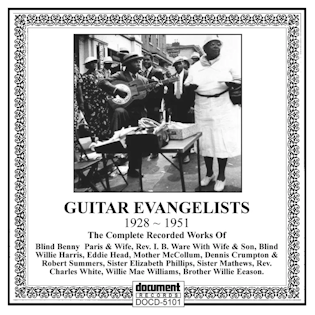 |
____________________________________________________________________________________________________________________________
 A B C D E F G H I J K L M N O P Q R S T U V W X Y Z
A B C D E F G H I J K L M N O P Q R S T U V W X Y Z
To help with further browsing click on the large ‘Initial’ to return to the Early Gospel Singers Introduction, or click another initial to take you to details of more early gospel singers.
____________________________________________________________________________________________________________________________
Please Note:
As this is a continuously developing website, several entries only give the names with no biographical details. Please be patient as these entries are included for completeness, indicating the details are ‘coming soon’ and will be added when time allows.
If there are any early (pre war) gospel singers missing from the lists that you think should be included, please email the details to alan.white@earlygospel.com. Thank you in advance for your assistance.



